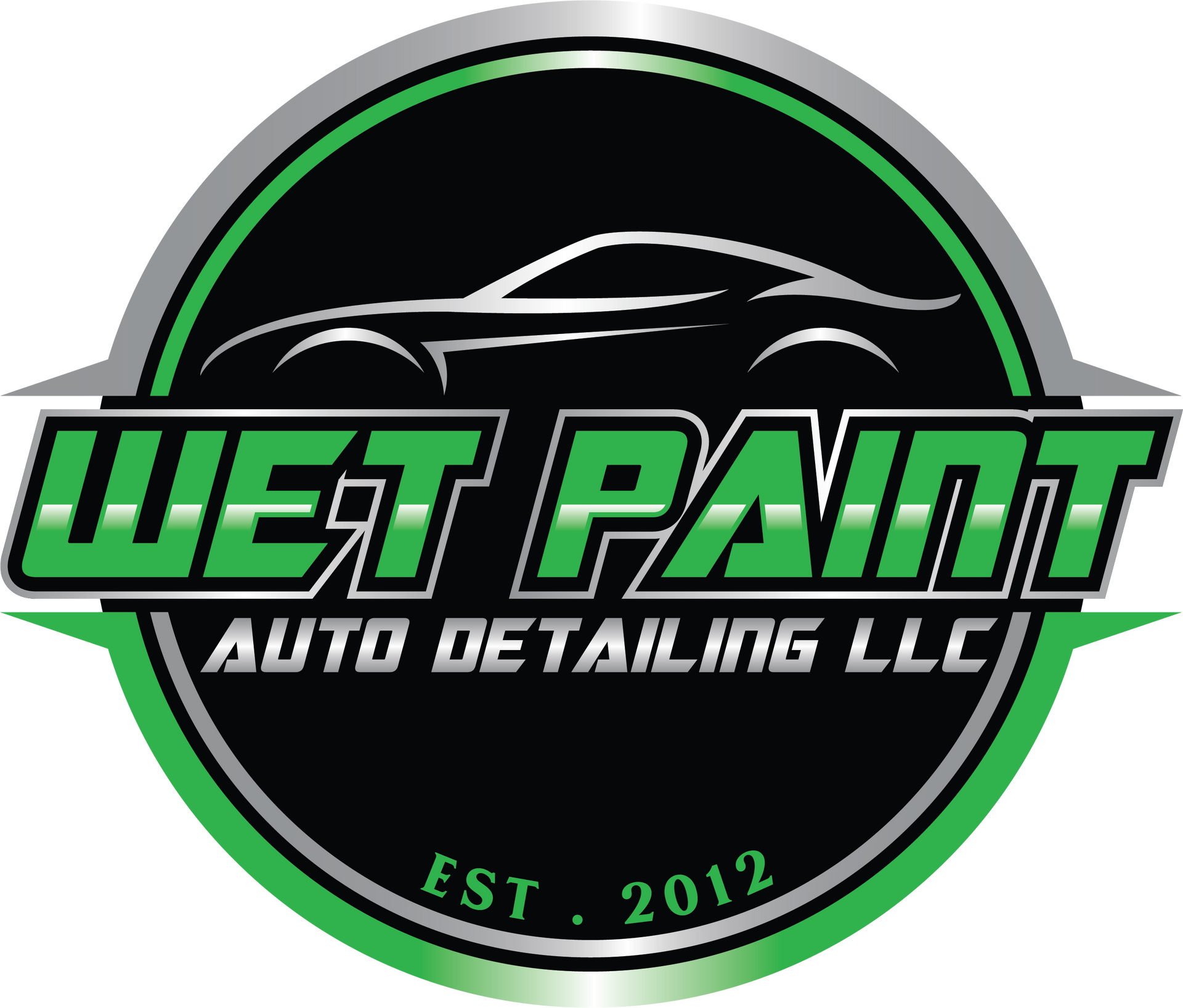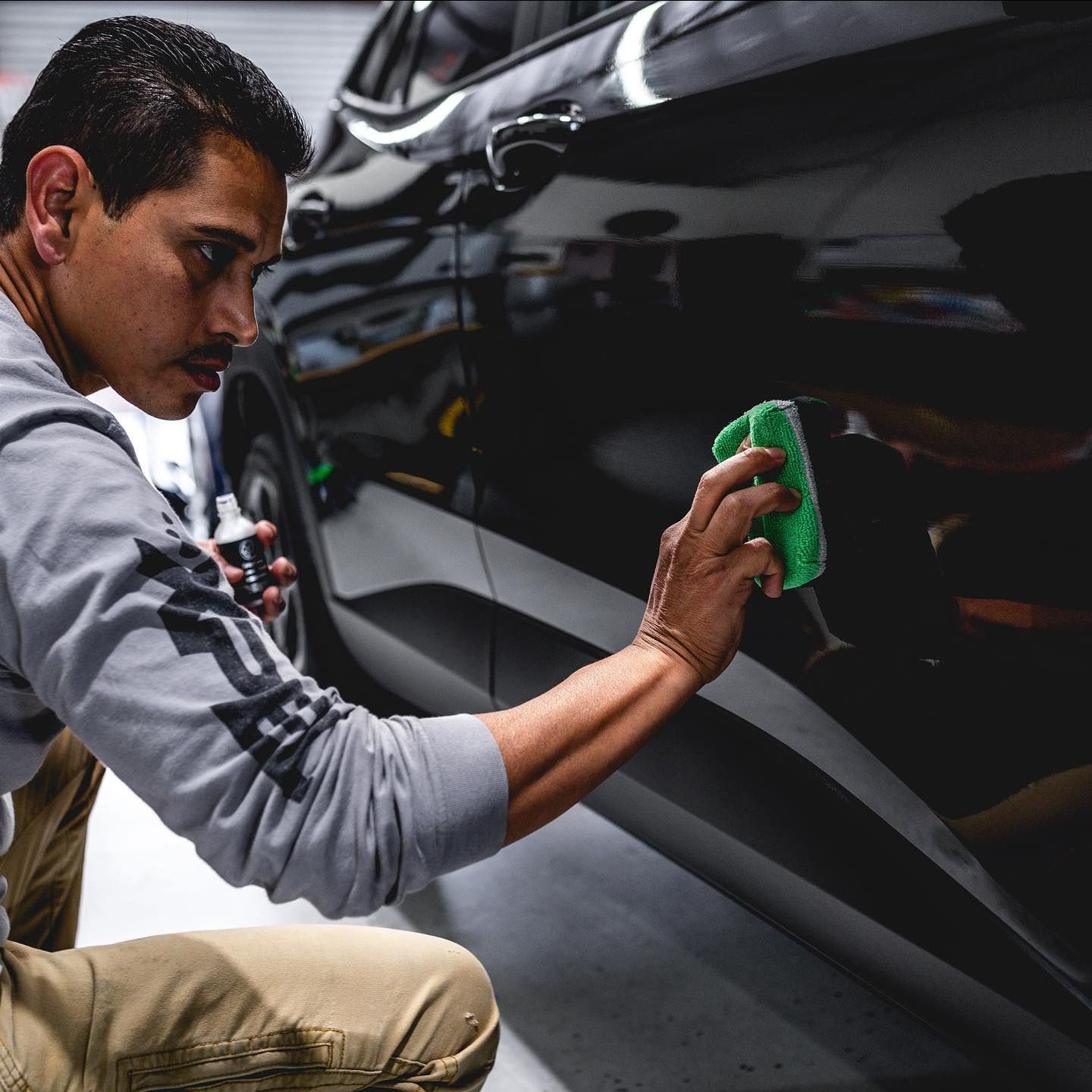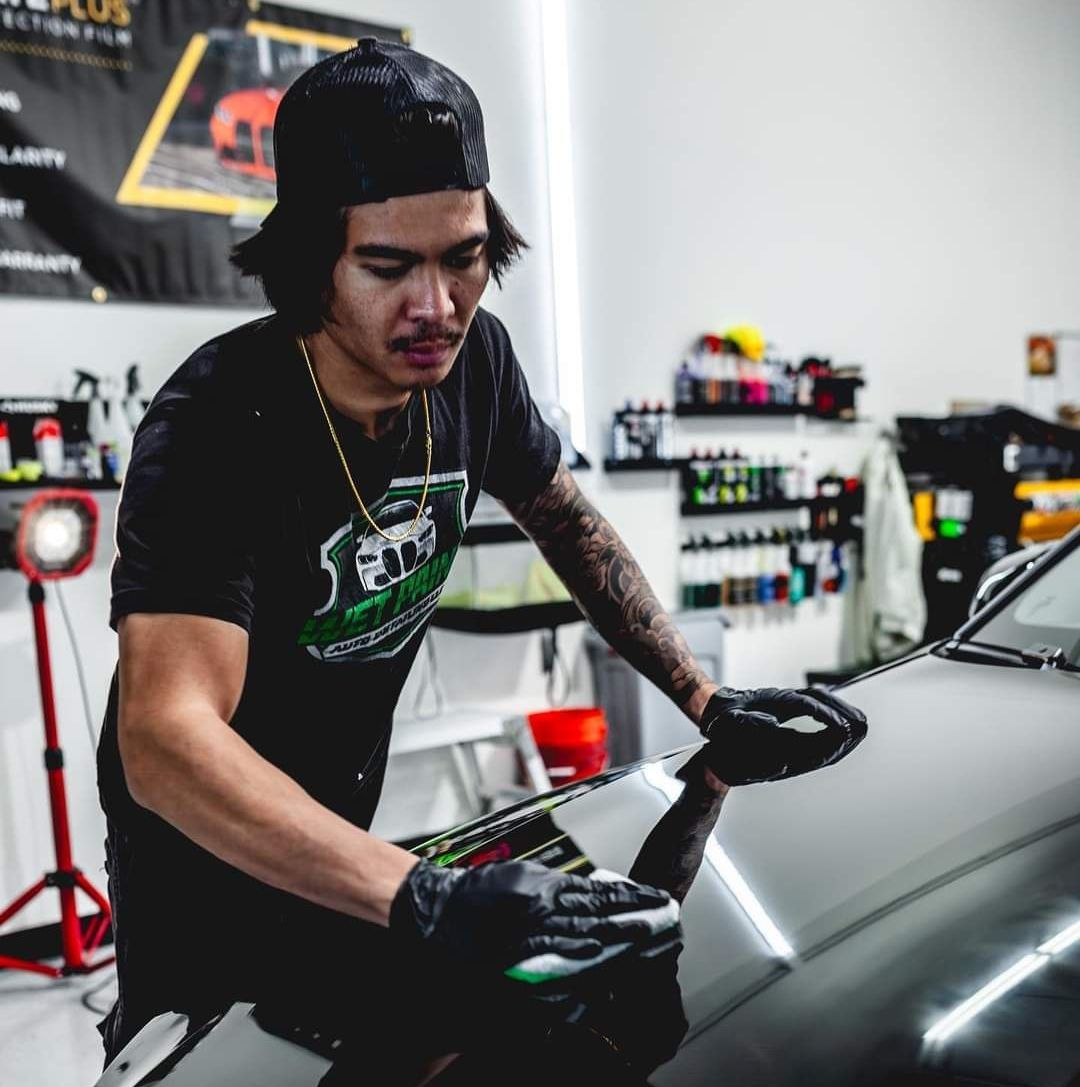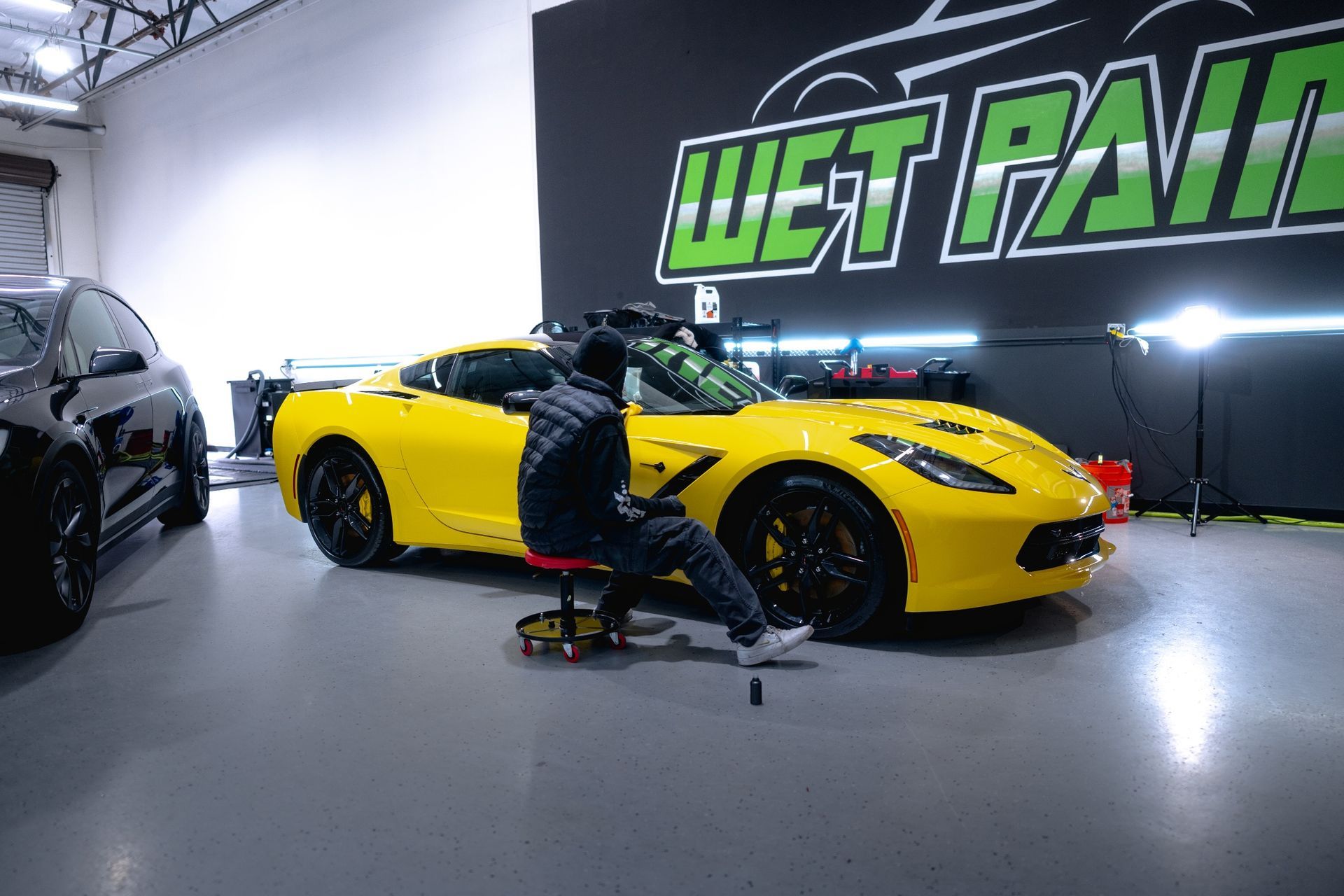In the world of car care, few topics spark as much debate as ceramic coatings. These coatings have been touted as a miracle solution for preserving your vehicle’s appearance, but there's plenty of conflicting information swirling around. It’s easy for an avid car enthusiast like yourself to be unsure whether these claims hold water or are simply marketing fluff.
Common myths about ceramic coatings include the belief that they eliminate the need for regular car washing, provide permanent protection, and make vehicles scratch-proof. In reality, while ceramic coatings do offer improved durability and dirt resistance, they still require regular maintenance and cannot prevent scratches or damage from road chips.
Unmasking the Ceramic Coating Myths
When it comes to maintaining your vehicle's appearance, there’s no shortage of information. However, not all of it is accurate, especially when discussing ceramic coatings.
- Myth 1: Ceramic coatings eliminate the need for regular maintenance. No need for car washing suggests that once you apply a ceramic coating, you can toss your sponge aside. This misconception can lead to serious neglect. While these coatings enhance cleanliness by repelling dirt and water—thanks to their hydrophobic properties—they don't render your car maintenance-free. Just because the coating offers some protection doesn't mean it eradicates contaminants like bird droppings or tree sap that can stain your paint if left untreated for too long. Regular upkeep remains essential to ensure these stubborn residues do not harm your vehicle.
- Myth 2: Ceramic coatings offer permanent vehicle protection. Permanent protection might sound appealing at first glance. The notion of a forever protective layer has a certain charm, but that’s simply not the case with ceramic coatings. While they provide significant durability, they typically last between 2 and 5 years based on factors such as environmental exposure and maintenance practices. A car that's diligently cared for may indeed reach the five-year mark; however, one left in the elements without any routine attention will likely see its lifespan shortened significantly. Just like any good relationship, ceramic coatings require commitment and attention to thrive.
- Myth 3: Ceramic coatings are scratch-proof. Scratch-proof surfaces attract many new enthusiasts looking for ultimate protection. The truth is—while ceramic coatings do enhance protection from environmental and chemical contaminants due to their hard exterior—they are not impervious to damage, including scratches, swirl marks, and minor dents. Dirt, dust, and acid rain might be resisted, but things like keys or sharp objects can still cause scratches despite the added layer of defense. For protection from these kinds of damages, a paint protection film is highly recommended.
As we explore further into these myths and realities surrounding ceramic coatings, remember: informed decisions pave the way for lasting satisfaction and the care your vehicle truly deserves.
Hydrophobic Properties Explained
One of the standout characteristics of ceramic coatings is their hydrophobic property, which means they have an incredible ability to repel water. This repelling effect results in water forming into beads rather than saturating a surface, allowing for quick removal and preventing streaks or stains. Picture this: when you're driving your car during a downpour, you can literally see the raindroplets dance across the surface rather than cling stubbornly to it.
Practical Benefits
This phenomenon isn't just visually appealing—it's practical too. Because dirt and grime are washed away with the rolling water, your vehicle remains cleaner for longer periods. This feature is especially beneficial for high-touch areas like door handles and mirrors, where dirt accumulates quickly from handling and outdoor elements. The improved ease of cleaning translates into less time spent scrubbing and more time enjoying your vehicle's captivating shine.
Hydrophobic coatings can also reduce water spots. Many users report a significant decrease in washing frequency due to the effectiveness of these coatings. Another practical advantage is enhanced visibility when applied to car windshields. As rain falls, instead of obscuring your view with water pooling on the glass, you’ll notice how efficiently the droplets flow off the surface, greatly improving your line of sight during inclement weather. This dynamic not only promotes safety but can also lead to less reliance on windshield wipers, thus prolonging their lifespan.
Maintaining Your Ceramic-Coated Car
Keeping a ceramic-coated car in top condition involves a few simple but crucial steps that can significantly enhance and prolong the effectiveness of the coating.
- Use of pH-neutral cleaners: First and foremost, washing your vehicle frequently is essential. Aim to wash your car biweekly, utilizing a pH-neutral car shampoo. This choice is vital because it prevents the degradation of the ceramic coating. Harsh soaps can strip the protective elements, leaving your paint susceptible to wear and tear. Notably, automatic car washes often use cleaning agents that can further damage your investment; thus, it's best to steer clear of them.
- Routine Washing: When handwashing, ensure you're doing it correctly. The two-bucket method is a recommended technique. One bucket holds soapy water, while the other is for rinsing your sponge or wash mitt. This method minimizes dirt transfer back to your car’s surface, helping to keep scratches at bay while maintaining that brilliant shine you desire. As you wash, pay special attention to those stubborn areas like wheel wells and undercarriage parts where grime tends to accumulate. These might not be as visible but can impact overall vehicle aesthetics if neglected.
- Use of Proper Tools: Additionally, using the right tools during washing is critical in the maintenance process. Microfiber cloths and wash mitts are ideal because they’re soft and reduce the risk of scratches on your ceramic-coated surface. Invest in good-quality tools intended for vehicles with ceramic coatings because they do make washing easier and more effective. Let’s not forget about drying; after washing, gently dry your vehicle immediately with soft microfiber towels to prevent water spots from forming. Water spots not only look bad but can also erode the coating over time if left unchecked.
- Avoiding Harsh Chemicals: With regards to cleaning solutions, it’s imperative to avoid strong cleaners or degreasers that can break down the ceramic layer itself—even though it’s highly resistant, it still requires gentle care. Stick with detailing sprays that are specifically designed for ceramic coatings; these products not only clean but also rejuvenate the protective layer while enhancing its hydrophobic properties. Regular upkeep using safe products will ultimately save you money by extending the life of your ceramic coating and maintaining that showroom shine.
By incorporating these steps into your routine, you'll prolong the effectiveness of the coating even compared to traditional methods, ensuring your vehicle remains a stunning visual statement while being well protected against environmental elements.
Ceramic Coating vs. Traditional Methods
When it comes to preserving the exterior of your car, knowing what each method offers is essential. Ceramic coatings provide a long-lasting solution compared to traditional methods, and understanding these differences can guide you in making the best choice. One notable advantage is their durability; while ceramic coatings can last anywhere from 2 to 5 years, wax typically requires reapplication every 1 to 3 months, making it less practical for car owners looking for longevity.
One of the most impressive traits of ceramic coatings is their excellent hydrophobic properties. This means water beads up and rolls off effectively, leading to reduced water spots and easier cleaning. Wax performs adequately in this area but pales in comparison to the performance of ceramic coatings. In terms of upkeep, ceramic coatings require much less maintenance than traditional wax treatments. With wax, you often find yourself needing to reapply it frequently and perform regular touch-ups. On the other hand, once applied, ceramic coatings only need occasional washing and detailing to maintain their pristine condition.
Imagine spending an afternoon applying multiple coats of wax only to feel dissatisfied after a rainstorm washes it away within days. The frustration of frequent wax applications stands as a stark reminder against choosing conventional methods. Additionally, consider the financial aspect: although ceramic coatings come with a higher initial investment, they save time and money in the long run due to their durability. This transition from traditional methods to advanced chemical formulations is akin to upgrading your smartphone; though the upfront cost may increase, the benefits and convenience certainly outweigh them over time.
Science Behind Ceramic Coatings
The effectiveness of ceramic coatings can largely be attributed to their advanced chemistry. At the heart of these coatings lies silicon dioxide (SiO2), which forms the basis of their durable properties. When combined with other compounds, this mixture transforms into a liquid polymer that becomes a robust protective layer for your vehicle's paintwork. This is where the magic begins, as SiO2 is known for its exceptional bonding capabilities and slick finish.
- Bonding Process: When applied, the coating undergoes a precise chemical reaction that enables it to bond at a molecular level with the existing paint. This isn't just a superficial relationship; it creates a rigid protective surface that significantly enhances the overall integrity of the car's finish. Imagine it like knitting—each fiber intermingles to form a tightly woven fabric that is resistant to damage and wear. Given this deep-seated bond, understanding how this coating safeguards your vehicle becomes vital.
- Protection Mechanism: The resulting surface acts like an invisible shield over your car's paint, effectively fortifying it against various external elements. Dust, dirt, water spots, and bird droppings tend to roll off rather than stick, thanks to the hydrophobic properties bestowed upon the surface. Properly cured ceramic coatings significantly enhance the surface hardness of car paint. This often translates to increased durability against environmental and chemical contaminants.
Durability is one aspect; however, one must also recognize that ceramic coatings provide multi-faceted benefits such as improved gloss and ease of cleaning. When maintained correctly, these coatings keep your car looking shiny and new without the constant need for periodic waxing—a considerable advantage for those who wish to minimize labor while maximizing appearance. Armed with this knowledge about ceramic coatings' scientific basis, one can appreciate not only their immediate benefits but also their long-term value in car care.
Top Ceramic Coating Specialist in Roseville, CA
Give your vehicle lasting protection and shine with Wet Paint Auto Detailing, the top
ceramic coating specialist in Roseville, CA. Our advanced ceramic coatings create a durable barrier that guards against UV damage, stains, and other environmental contaminants while enhancing your car's gloss. With professional application and premium products, you can expect long-lasting defense for your vehicle’s exterior. Secure unmatched protection and brilliance for your car by booking your ceramic coating service today. Call us at (916) 918-2289 to get started!
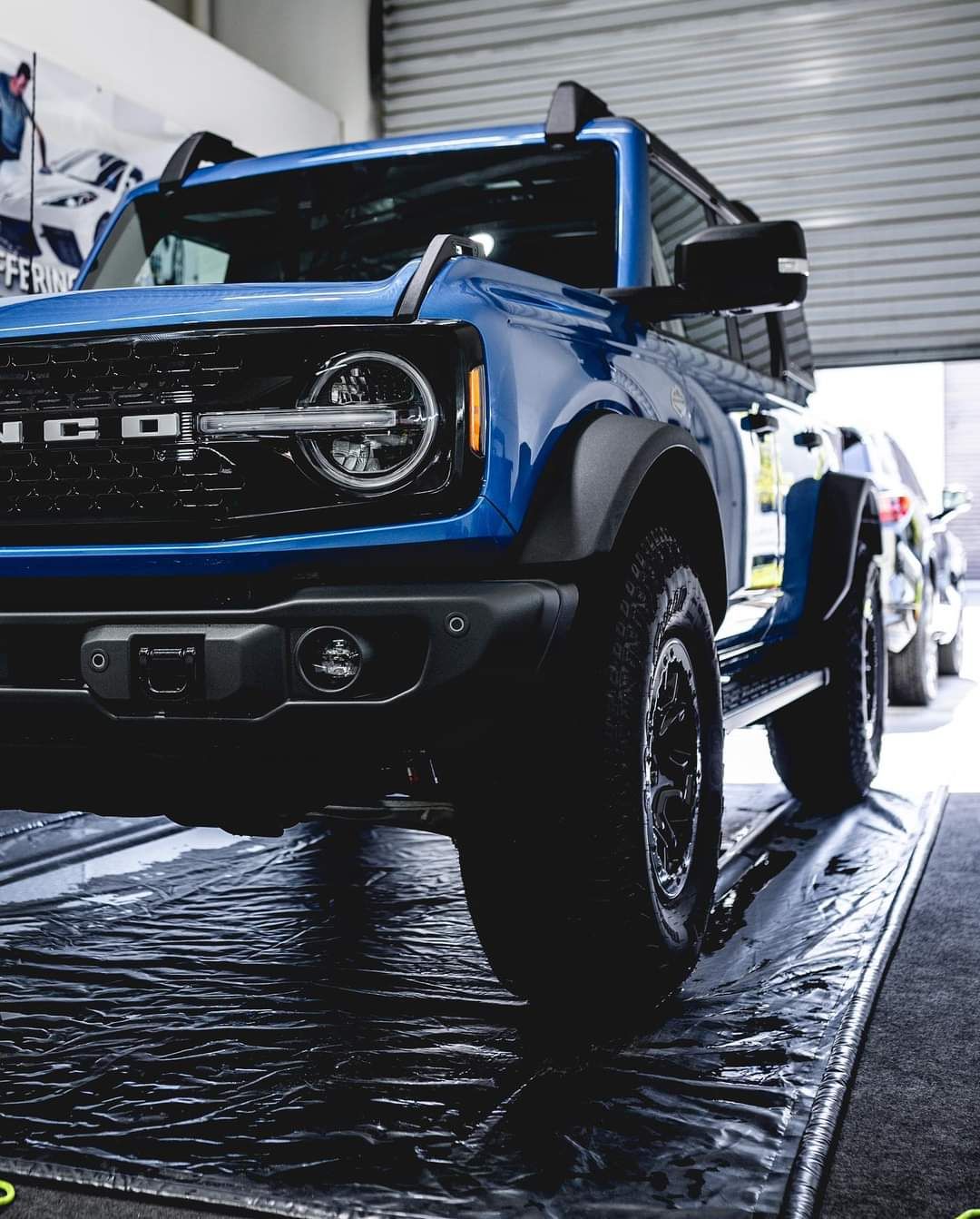
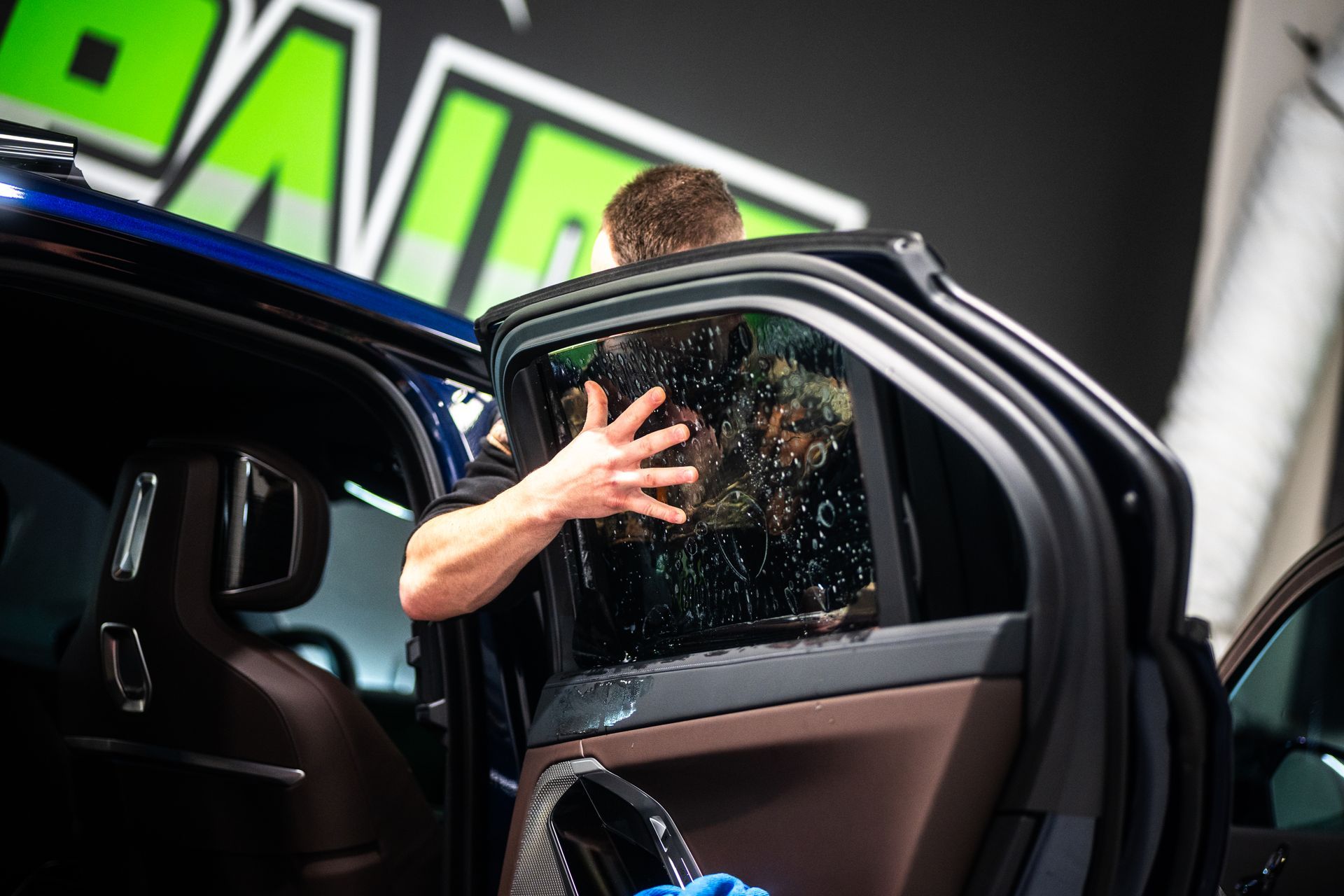
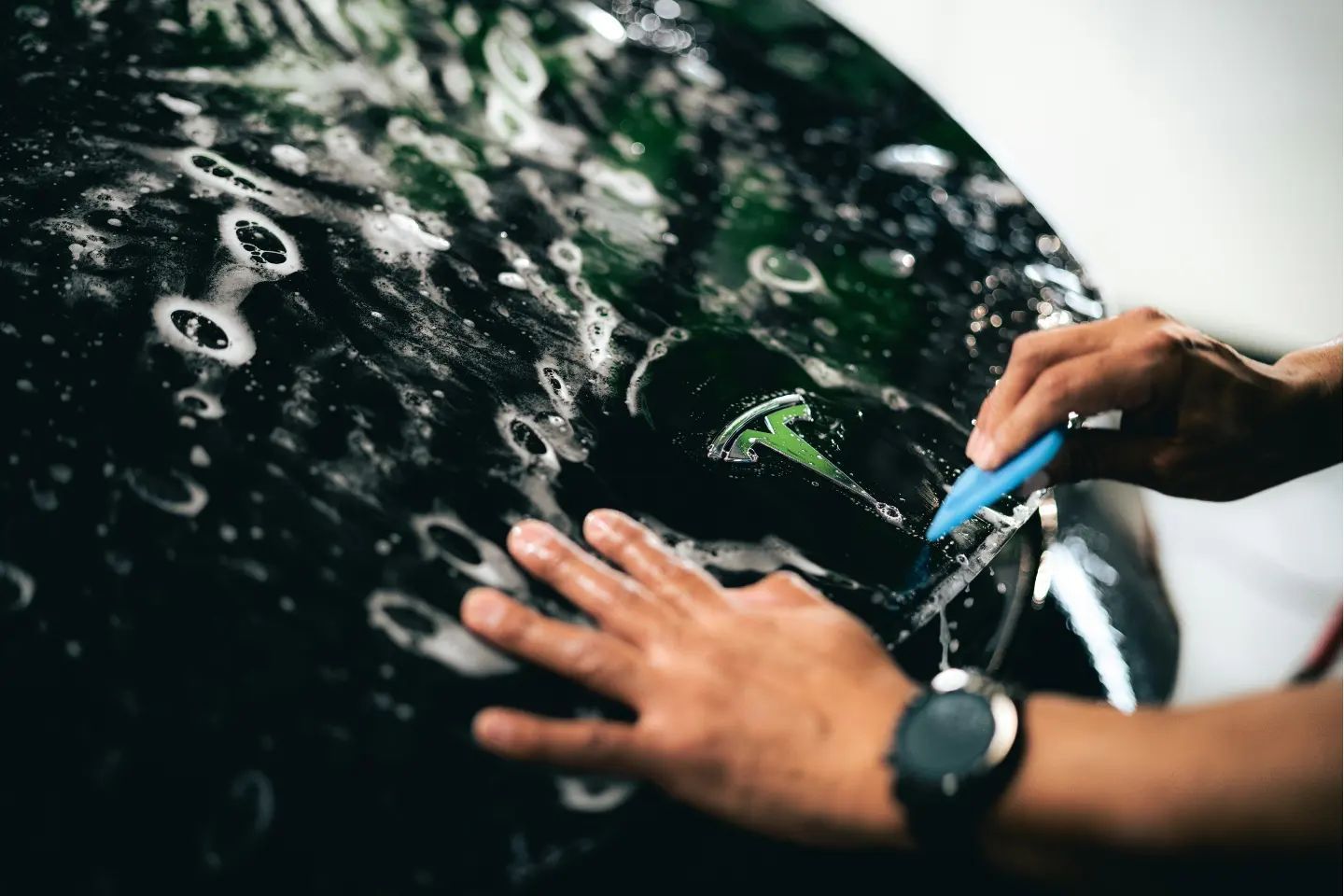
Wet Paint Auto Detailing, a family-run business based in Roseville, CA, has been serving customers with exceptional vehicle detailing services since 2012. Offering a range of high-quality services including ceramic coating, full detailing, and paint protection film. We use only the best products in the business and our extensive experience ensures expert-level results. With an after-hours drop-off service available, Wet Paint Auto Detailing offers flexible and accommodating customer service. Our commitment to excellence, attention to detail, and use of advanced techniques and premium products make us a trusted partner for all your vehicle detailing needs.
Quick Links
Our Location
7251 Galilee Rd #170, Roseville, CA 95678
Contact Us
Phone: (916) 918-2289
Service Areas for Paint Protection Film
Designed by the team at Detailers Roadmap, a platform developed for detailing operators across the globe.
All Rights Reserved | 8bitcreative, LLC | Wet Paint Auto Detailing
